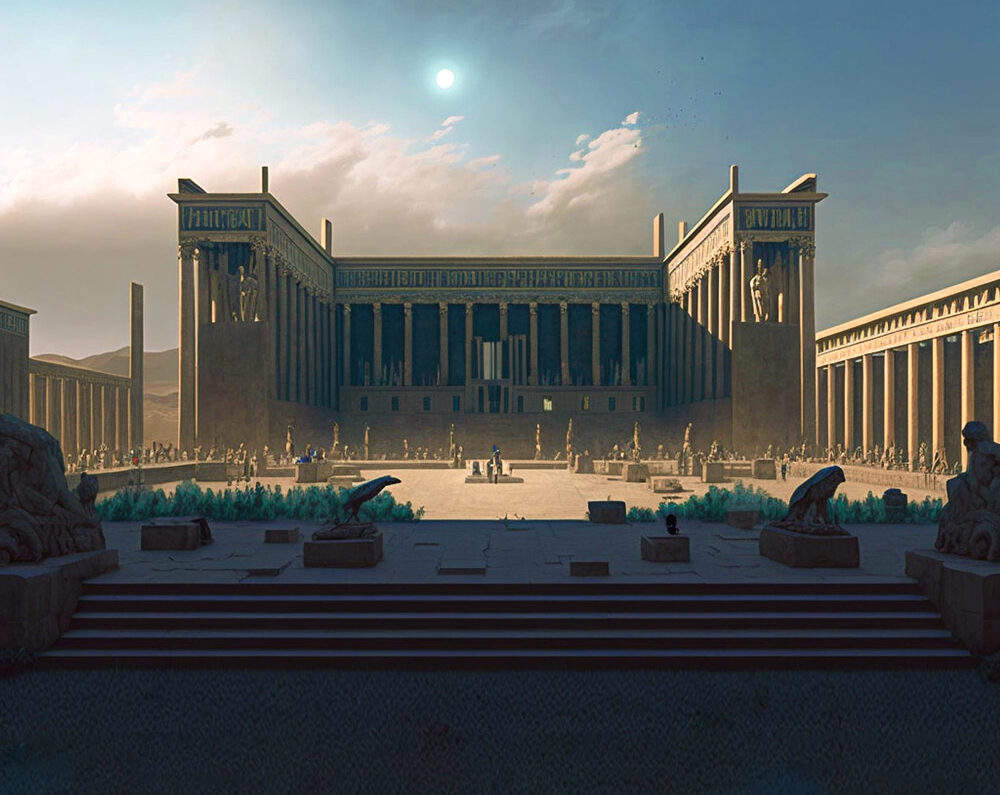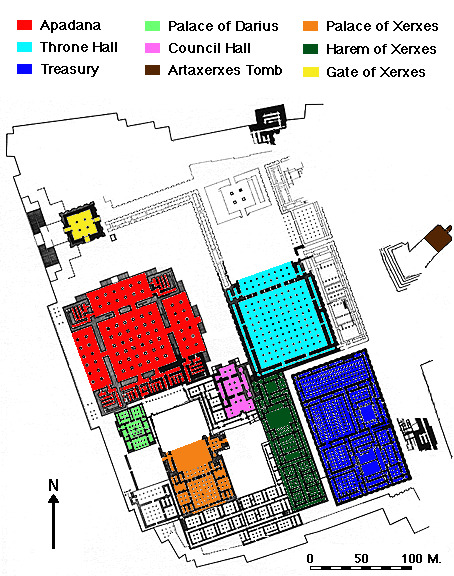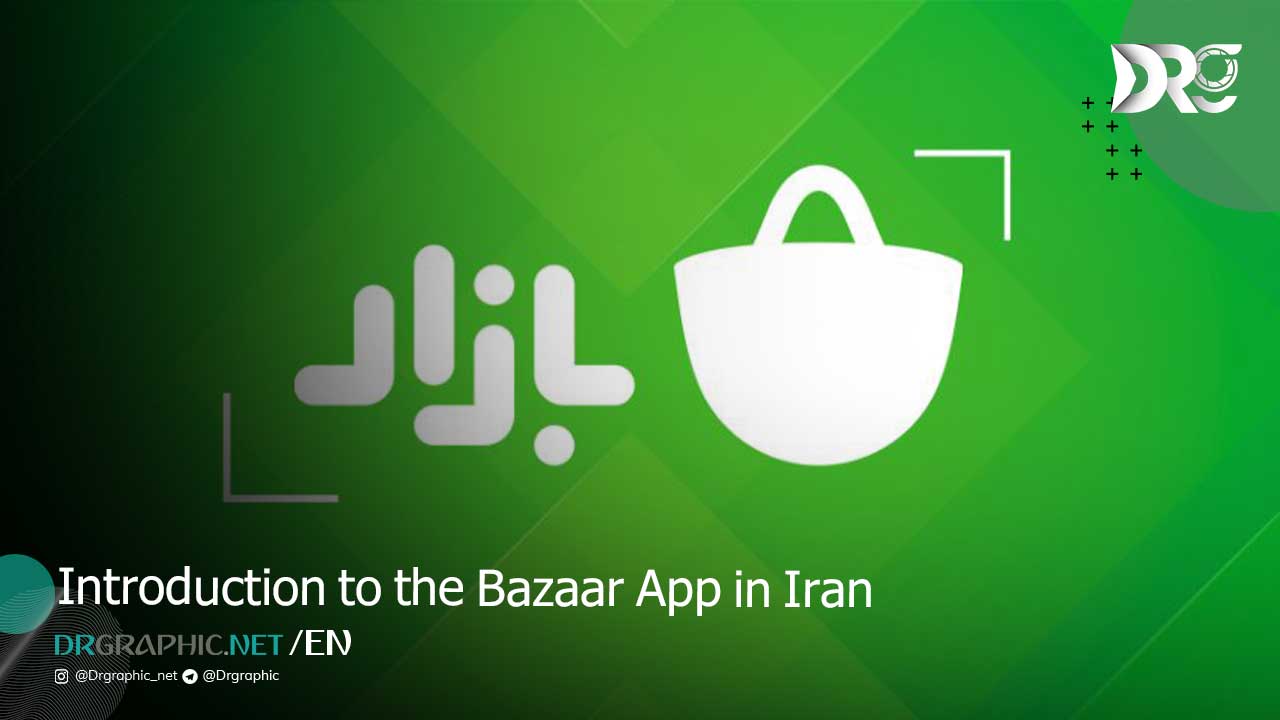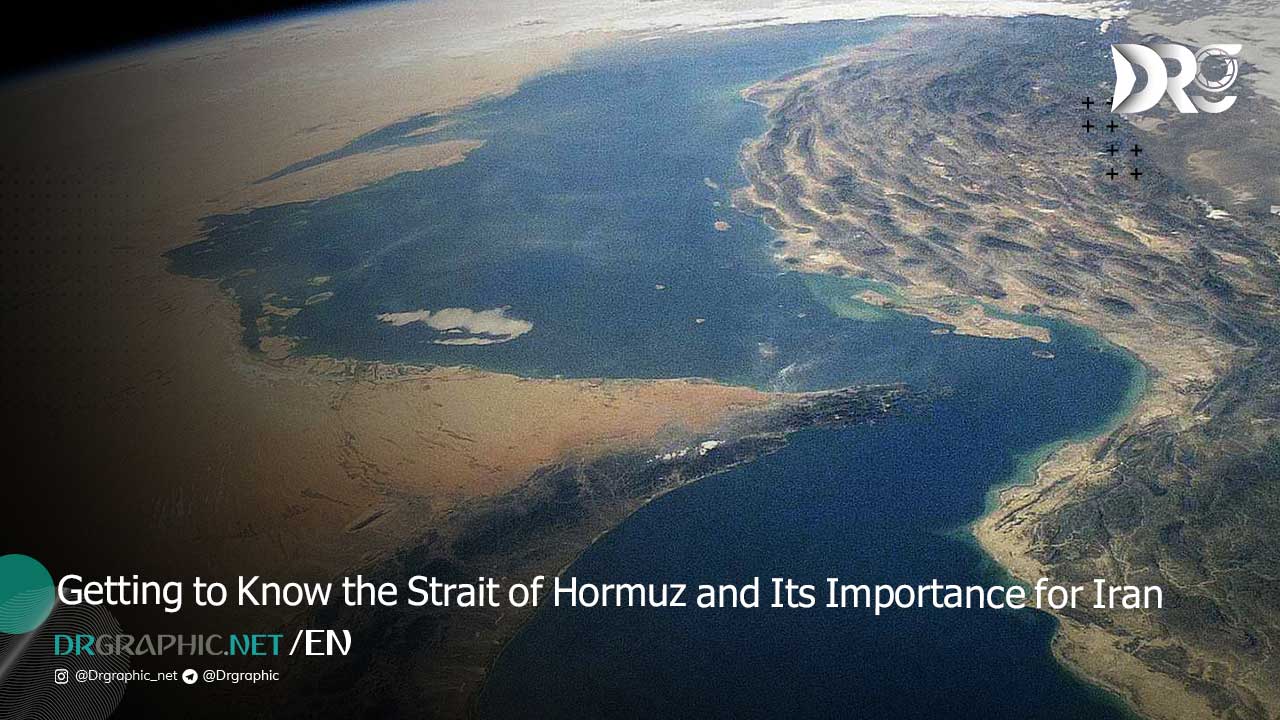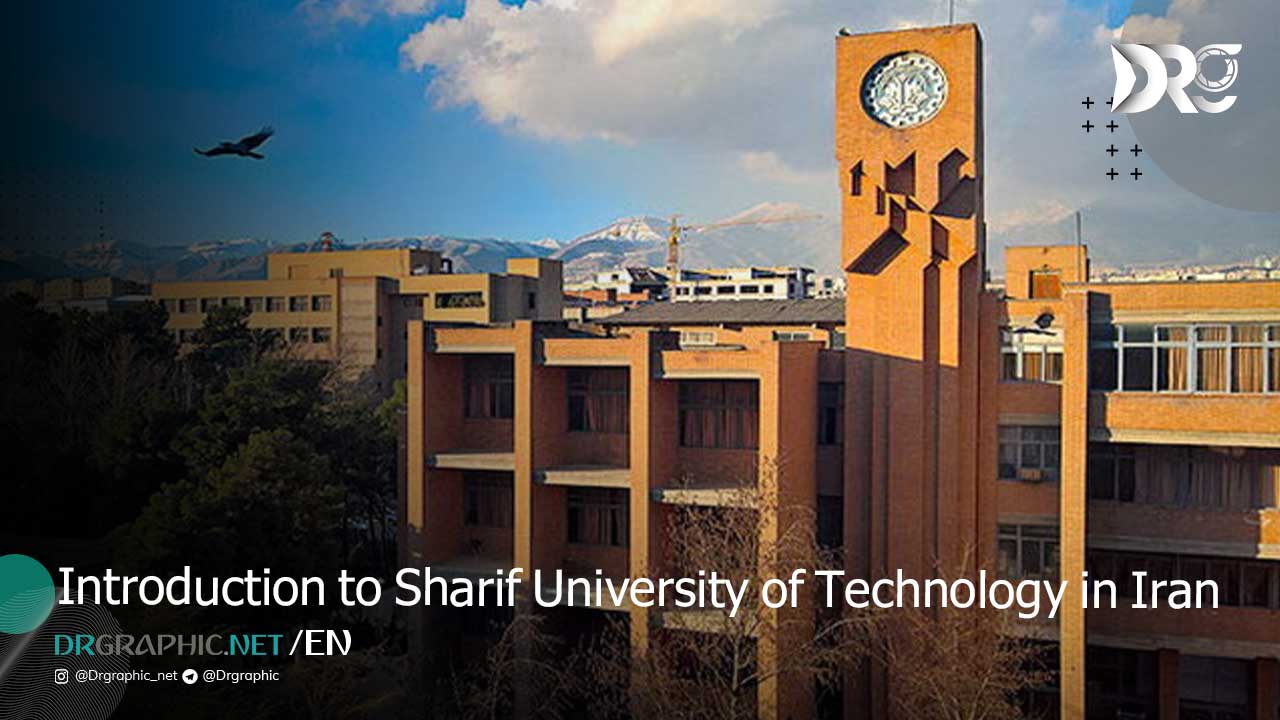Persepolis: The Timeless Jewel of Ancient Persia
Nestled amidst the rugged landscapes of Fars Province in southwestern Iran, Persepolis stands as a timeless reminder of the grandeur of the Achaemenid Empire. Known in Persian as Takht-e Jamshid, or the Throne of Jamshid, this ancient ceremonial capital has fascinated historians, archaeologists, and travelers for centuries. Constructed under the visionary rule of Darius the Great and his successors, Persepolis reflects the sophistication, ambition, and cultural inclusivity of an empire that spanned three continents.
Every corner of Persepolis whispers stories of a civilization that thrived on diversity. From the grand reliefs depicting delegates from distant lands bringing tributes to the empire, to the meticulous carvings of mythical creatures guarding its gates, Persepolis serves as a masterpiece of ancient artistry and diplomacy. It was more than just a city; it was a stage where the might and unity of the Achaemenid Empire were celebrated during grand ceremonies like Nowruz, the Persian New Year.
For centuries, Persepolis remained hidden beneath layers of history, its ruins patiently waiting to reveal the splendor of a bygone era. Today, it is a UNESCO World Heritage site, drawing visitors from around the globe to witness its enduring legacy. As you walk among its ancient columns, gaze at its intricate stone reliefs, and explore its monumental staircases, you can almost hear the echoes of history calling from the heart of the Persian Empire.
We previously examined Best Places to Visit in Iran and This article from Dr.graphic will delve into the fascinating history of Persepolis, its architectural wonders, cultural significance, the legendary kings who shaped its legacy, and its connection to the vibrant city of Shiraz.
Historical Overview
Persepolis was founded by Darius the Great around 518 BCE, serving as the ceremonial capital of the Achaemenid Empire. Unlike the administrative capitals of Susa and Ecbatana, Persepolis was designed to impress. Its primary purpose was to host grand ceremonies, most notably the annual celebration of Nowruz, which brought together dignitaries from across the empire.
The city grew under the reigns of Xerxes I and Artaxerxes I, each contributing to its architectural and cultural grandeur. However, its glory was short-lived. In 330 BCE, Alexander the Great invaded Persia and ordered the burning of Persepolis, an act often interpreted as both revenge for Persian attacks on Greece and a symbolic end to the Achaemenid Empire.
Architectural Marvels
The architecture of Persepolis is a testament to the ingenuity and artistic vision of the Achaemenids. Among its most iconic structures are:
The Apadana Palace: This grand audience hall, with its towering columns and intricate reliefs, was designed to showcase the empire’s wealth and power. The reliefs depict representatives from various nations bringing tributes, emphasizing the unity and diversity of the Achaemenid realm.
The Gate of All Nations: Built by Xerxes I, this imposing gateway welcomed visitors from across the empire. The sculptures of mythical creatures like lamassu symbolized strength and protection.
The Hall of 100 Columns: This vast structure, once the largest roofed building in Persepolis, served as the throne hall. Its sheer size and detailed carvings reflect the Achaemenids’ architectural ambition.
The site’s construction techniques were advanced for their time, with massive stone blocks intricately fitted without mortar. The artistry of Persepolis lies not only in its scale but also in its attention to detail, evident in the carvings of soldiers, animals, and floral motifs.
Cultural Significance
Persepolis was more than just a physical space; it was a symbol of the Achaemenid Empire’s cultural and political ideology. The city celebrated the empire’s diversity, with its reliefs depicting people from different regions—Babylonians, Egyptians, Indians, and more—highlighting their unique attire and gifts.
The Nowruz celebrations at Persepolis were a reflection of this unity. Delegates from across the empire would gather to pay homage to the king, reinforcing the idea of a harmonious and inclusive empire under a central authority.
Even after its destruction, Persepolis remained a powerful symbol of Persian identity and resilience, inspiring poets, historians, and travelers for centuries.
The Kings and Their Legacy
Three prominent Achaemenid kings are closely associated with Persepolis:
Darius I (Darius the Great): The visionary behind Persepolis, Darius laid the foundation for the city and its administrative and ceremonial functions.
Xerxes I: Known for his expansions, Xerxes added key structures like the Gate of All Nations.
Artaxerxes I: His contributions included completing many of the unfinished projects of his predecessors.
For more information of these kings you can review The Greatest Persian kings in History article. These kings envisioned Persepolis as a reflection of their empire’s power and their divine right to rule, leaving behind a legacy that continues to inspire awe.
Shiraz: Gateway to Persepolis
Located about 60 kilometers from Persepolis, Shiraz is often called the cultural capital of Iran. Known for its poetry, gardens, and wine in ancient times, Shiraz serves as the gateway for visitors exploring Persepolis.
The city itself boasts landmarks like the Tomb of Hafez and Eram Garden, making it a must-visit destination alongside Persepolis. Shiraz’s warm hospitality and historical significance complement the grandeur of Persepolis, offering travelers a deeper understanding of Persian heritage.
Read more:
Conclusion
Persepolis is not merely a collection of ancient ruins; it is a testament to the vision, artistry, and cultural richness of the Achaemenid Empire. Its enduring legacy continues to captivate those who visit, offering a glimpse into a world where unity and diversity coexisted under the shadow of monumental architecture.
Preserving this heritage site is not just about honoring the past but also about inspiring future generations to appreciate the ingenuity and resilience of human civilization.
Resources: Wikipedia _ X
How useful was this post?
Click on a star to rate it!
Average rating 5 / 5. Vote count: 1
No votes so far! Be the first to rate this post.


